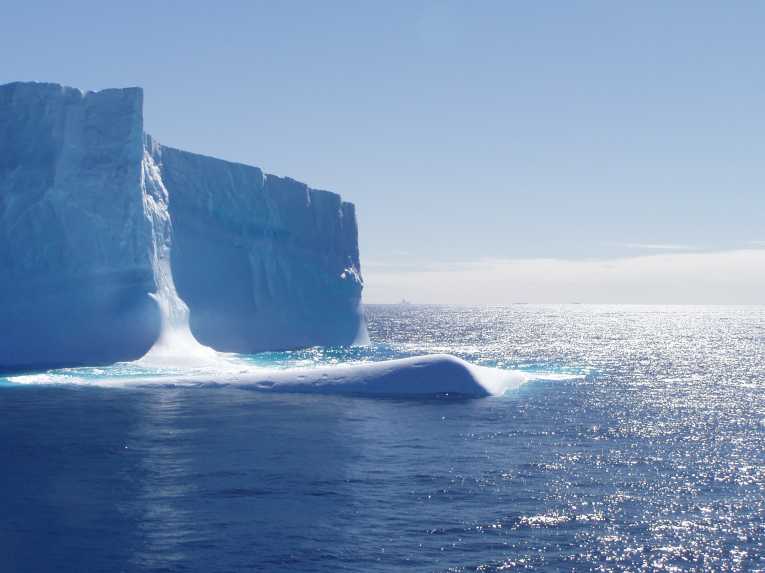Southern Europe, with its hot sunny summers, has long been a favourite destination for holidaymakers from Europe's cooler more northern latitudes. In many regions the whole local economy is geared to the tourism and leisure industry, with long sunny beaches backed by high-rise hotels.
The downside of all this is that around a fifth of Southern Europe is now plagued by water shortages and this will only get worse as global temperatures continue to rise and annual rainfall levels fall. Latest forecasts say that during the course of the current century rainfall levels will fall by 30%.
The situation is set to become critical.
While this is all happening in Southern Europe, further north off the coast of Greenland, global warming is causing huge chunks to break free from the Polar Icecap. These now number about 15,000 every year.
This ice was formed some 10,000 years ago and is made up of the purest fresh water, but these floating icebergs simply dissolve into the brine of the Atlantic Ocean as they float southwards.
What if they could be captured and hauled down to the arid more southerly latitudes?
This might seem like a fanciful suggestion, but French engineer and eco-entrepreneur Georges Mougin first began to look seriously at this idea in the mid-1970s, but back then the technology for such an undertaking did not exist.
His idea is to enclose the bottom half of the iceberg in a skirt of insulating geotextile material to reduce melting en route and use currents to assist a tug as it tows the ice southwards. Mougin refers to this as assisted drift as it would dramatically reduce fuel consumption.
However, the estimated cost of towing a 6.5 million tonne iceberg from Greenland to southern Europe is put at around €7 million. Although Mougin was convinced that his idea would be a good investment, he was unable to prove that it would work.
This all changed when the French company Dessault Systemes came up with some clever software that was able to simulate the iceberg's entire journey from Newfoundland to the Canary Islands.
15 of Dessault's engineers worked on the project and eventually came to the conclusion that Mougin's idea was a viable proposition. A standard-sized tug, travelling at a speed of 1 knot, using assisted drift would be able to tow a skirted 6.5 million tonne iceberg to the Canaries in 141 days with only 38% of the ice melting. They also concluded that a bigger iceberg would lose proportionately less water because the amount of water that melts off the sides is fairly static.
The next step is to secure €2 million to €3 million funding for a pilot study. This would use a smaller fragment of ice, but would give the theory a teal test. Mougin hopes to achieve this next year and then run a full-scale trial a year or two later.
He is confident that he has a commercial viable scheme that will help deal with the water shortages of Southern Europe.
Top Image Credit: © Jan Will










